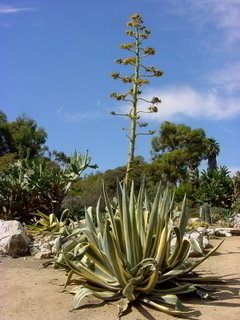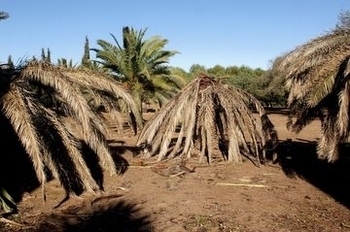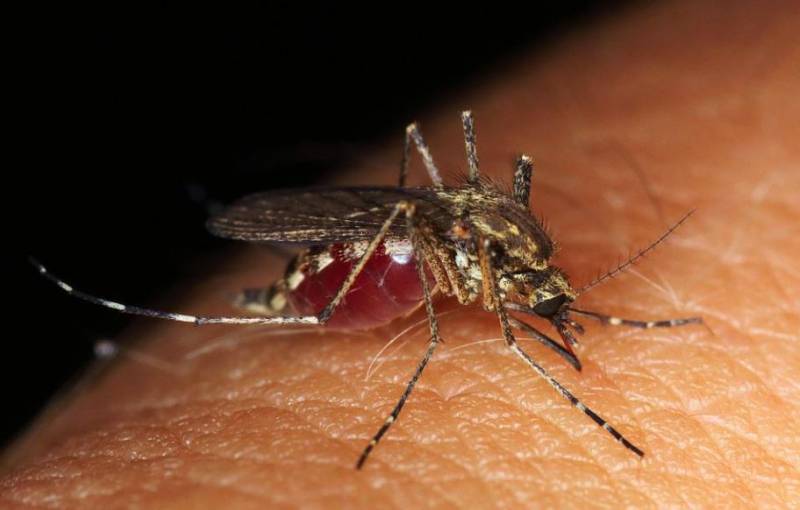

Guidelines for submitting articles to La Torre Golf Resort Today
Hello, and thank you for choosing La Torre Today.com to publicise your organisation’s info or event.
La Torre Golf Resort Today is a website set up by Murcia Today specifically for residents of the urbanisation in Southwest Murcia, providing news and information on what’s happening in the local area, which is the largest English-speaking expat area in the Region of Murcia.
When submitting text to be included on La Torre Golf Resort Today, please abide by the following guidelines so we can upload your article as swiftly as possible:
Send an email to editor@spaintodayonline.com or contact@murciatoday.com
Attach the information in a Word Document or Google Doc
Include all relevant points, including:
Who is the organisation running the event?
Where is it happening?
When?
How much does it cost?
Is it necessary to book beforehand, or can people just show up on the day?
…but try not to exceed 300 words
Also attach a photo to illustrate your article, no more than 100kb

Brace yourself gardeners, Scyphophorus acupunctatus, the black snout weevil, has arrived.
The great Agave meltdown.
 The mighty agave plants which form dense, living hedges across the region of Murcia and are regularly mistaken for Aloe Vera by newly arrived ex-pats face an uncertain future.
The mighty agave plants which form dense, living hedges across the region of Murcia and are regularly mistaken for Aloe Vera by newly arrived ex-pats face an uncertain future.
Majestic striped, or blue agave americana are drooping, wilting, literally melting in the hot sun, keeling over in an attitude of helplessness by roadsides across the region.
But this has nothing to do with the heat, and everything to do with a hidden menace within ; Scyphophorus acupunctatus, the black snout weevil and it´s fat white grubs.
The black snout weevil has been present in the province of Alicante for a while, and is now becoming more common in the coastal area near Cartagena, where it gets deep into the core of the plants and gradually eats them from the inside. Officially classified as Scyphophorus acupunctatus, the damage done by the snout weevil is enough to cause extensive damage, but what really finishes the plant off is the bacterium "Erwina carotova", which corrodes the agave and kills the plant, transferred into the healthy flesh as the weevil bites.
There´s not a great deal which can be done to stop them once they´re safely interred in the flesh of the bulky agave, eating from within, immune to pesticides on the exterior.
It´s a 60-90 day cycle of life and death for weevil and plant.
The beetles crawl inside the healthy flesh of a succulent rosette , piercing the soft young flesh with its pointed snout, hence the name "acupunctatus" , leaving telltale marks and scratches which show the unwelcome visitor has left an unwelcome gift inside the plant.
It´s bite is deadly, laden with bacteria, which spread through the plant and will eventually kill it, but not until the eggs laid inside the heart of the plant have hatched into the fat white grubs, which are well known to summer party goers as the ultimate challenge for the brave inside a bottle of tequila.
These grubs are voracious feeders, eating vast quantities of the softened, bacteria riddled tissue, their pupation into an adult beetle co-inciding with the death of the parent plant as they crawl into another and the cycle begins all over again.
 The agave growing wild across the region are the Agave americana, a native of tropical America where they have been used as emergency feed for livestock or as dense, hedging plants. They´re frequently known as the Century plant, due to the length of time it takes for the plant to flower, and once having done so, the parent dies. However, by this point, it is usually surrounded by it´s offspring - offsets which can be easily detached and planted in another location at will, resistant to the extreme heat and impervious to both wind and the torrential rains which fall in autumn.
The agave growing wild across the region are the Agave americana, a native of tropical America where they have been used as emergency feed for livestock or as dense, hedging plants. They´re frequently known as the Century plant, due to the length of time it takes for the plant to flower, and once having done so, the parent dies. However, by this point, it is usually surrounded by it´s offspring - offsets which can be easily detached and planted in another location at will, resistant to the extreme heat and impervious to both wind and the torrential rains which fall in autumn.
They´re natural survivors, clinging to hillsides, their vast flowers towering several meters into the sky, the last swansong before they wither and die.
For ex-pat gardeners, with dry landscape gardens, these statuesque , architectural agaves are a godsend, needing little water and providing angular points of focal interest, and indeed, in the UK specimen plants such as these fetch hundreds of pounds.
Yet surprisingly, here in the Region of Murcia , there are no tears being shed over the prospect of their erradication, as farmers regard them simply as a weed, and the ecologists, normally to be relied upon to launch a protest march to save anything with a remotely green hue regard them as an invasive, non-native species which shouldn´t even be blighting the Murcian landscape.
So there is little interest in anyone doing anything to prevent the spread of the black snout weevil, except a few ex-pat gardeners who can do little other than dispose of any plants showing damage ( incineration) and hope to catch them before the new adults find another plant.
Whatever you do, don´t put them in the boot, drive them to a bin in another area where they might crawl out and find a fresh clump to infest.......
This is the third pest to devastate the plants of the Region in as many years, each time a pest from abroad attacking a non-native species.
First to arrive was the red palm weevil, which has been devouring the palm trees of the Region of Murcia, destroying around a thousand palm trees in the last ten years, although the devastation seems to be accelerating as the economic crisis forces those fighting the fight to give up due to the cost of the chemicals involved.
This was followed by the cactus cochineal, which has made it increasingly difficult to find healthy examples of the prickly pear within the Region. Although the prickly pear is widespread and is commonly found in rural communities - for example, villages such as Las Palas were named after the "palas" which grow in such abundance in the area, this species arrived from America, used in many cases to keep animals in, unwanted visitors out, and as a place to dispose of human urine, possessing a great capacity for odour absorption.
And now the snout weevil, which has appeared here in the last few months, has started to threaten the agaves which are such a feature of our countryside, again, a non-native plant from the Americas, one of around 208 different agaves, amongst them the mexican agave, used to make tequila.
Be careful when taking offsets, check carefully for signs of snout weevil penetration in any of the surrounding specimens and enjoy them for now.
Even giants like these have their Davids, and now face the prospect of being laid low by the smallest, and least noticeable of insects, the black snout weevil.
Brace yourself, for the great agave meltdown.
















































